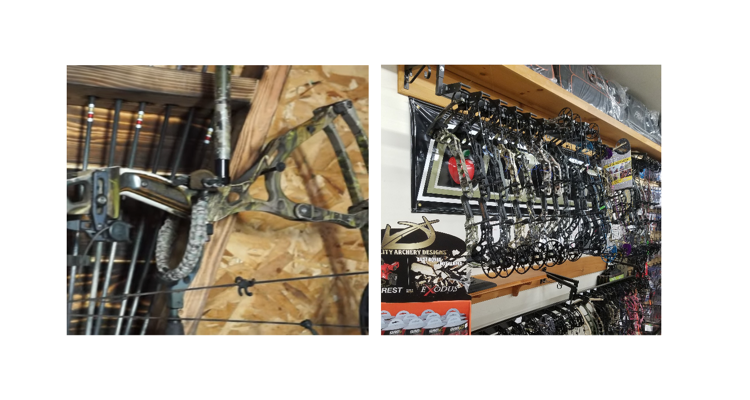If you’re looking for a simple guide on how to shoot big bucks, why not come to a website that’s called Shoot Big Bucks?
While doing some initial research for this article, I noticed that there’s no good, easy-to-use guide out there for both new and experienced hunters. For this reason, I decided to combine my own hunting knowledge with some additional research (resources below) to give you the most up-to-date information in one location.
The simple guide below summarizes the key areas to consider if you’re going after a mature whitetail. Keep in mind, each hunter has their own limits when it comes to available location, resources, and time; however, I believe you can take advantage of these areas by following the information below.
In case we missed anything, be sure to leave a comment at the end of the blog showcasing what helps you shoot that big buck. Each tip will help the next hunter that takes a look at this guide! Thanks and good luck this upcoming deer season.
6. Get Lucky With Your Hunting Location
Not everyone is fortunate enough to have available land in the Golden Triangle or around the Upper Peninsula – both solid areas for mature whitetail bucks. Some hunters might hunt public land, while others might have a small 5-10 acre tract behind their house. Regardless, you’re going to have to first rely on a little bit of luck when it comes to harvesting big bucks.
According to the Deer Association…
As bucks age, site-fidelity increases. This is a fancy term that essentially means bucks are less likely to leave or change where they live as they get older.
Deer Association
I wanted to point this out because it’s important to realize that a mature buck’s range is limited, and it’s very unlikely that one is going to travel miles and miles to suddenly show up right below your stand.
This showcases that each individual should shift a bit of their focus towards land and herd management, and try to improve the size and health of the deer that are already available to them. By focusing your attention here, you can continue to harvest available deer while cultivating larger deer for future seasons.
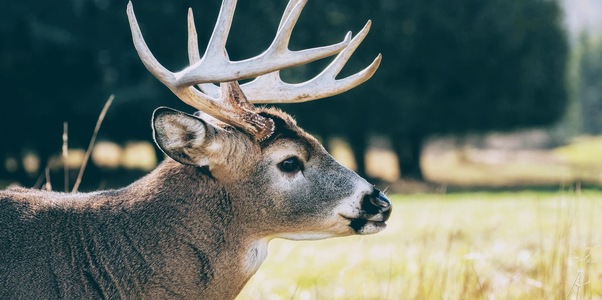
5. Rely On Your Scouting
In a similar tone to the suggestion above, before shooting a big buck you need to see what’s available. By dedicating time during the offseason, you’re able to better under the health and availability of the deer within your hunting area.
One of the most simple suggestions comes from Outdoor Life…
Spend as many evenings looking as you can. The more times you spot the same buck(s) coming to a field and feeding in the same general area, the better.
Outdoor Life
Scouting not only helps you determine your hunting stand location by locating potential bedding areas and feeding pathways, but it also gets you stay motivated for the entire season. If you spot healthy, large bucks in velvet during the spring/summer, you know you have a much greater chance of shooting a big buck once fall arrives.
One last note – scouting doesn’t always have to take place before the season. Continue to scout different areas of your property for fresh scrapes and rubs once cold weather approaches to give you more up-to-date evidence of bucks in the areas. But remember, too much scouting (and pressure) can be costly…
4. Take It Easy On The Pressure
So, now you know there’s a large buck on your property, and you’re seeing plenty of signs that point towards potential success for the upcoming season. It’s easy to then think that if I continue to hunt hard, I’ll be rewarded.
Well… let’s take a step back for a second.
Like anything in life, you can overdo things. There’s not doubt that mature whitetail males are more sensitive to added hunting pressure when it comes to their comparative family members.
Let’s take a look at this quote from North American Whitetail for added evidence…
Understanding that makes it easy to see why bucks act differently than does and fawns…. Why? Because if they didn’t learn to place a higher premium of personal safety, they likely died young.
North American Whitetail
There’s no doubt that by increasing your time in the woods, you’re going to increase your chances. However, there’s certain things that need to be avoided:
- Hunting in unfavorable wind conditions.
- Having the best hunting location isn’t the best if the weather isn’t in your favor. Try avoiding these locations during poor wind conditions as you might spook big bucks – ruining your opportunity for future hunts.
- Arriving to your stand or blind too late or too early.
- We’ll get into this in one second… but try to avoid showing up to your end location after sunlight or leaving your location before sunset. Mature whitetails are known for remaining active during this time, and by exposing yourself you’ll most likely spook anything in your area.
- Scouting too heavily during the season.
- It’s important to keep an eye on new rubs and scrapes as you enter and exit the woods… but do this with caution. Trekking around your entire hunting property for hours on end might lead you to running off deer in unknown bedding area.
- Harvesting deer in the same location.
- If you’ve put in the time and you’ve finally found an optimal location to harvest a big buck, try not to waste the area on a doe or younger male… especially if you’re hunting with a gun. There’s no doubt that shooting, dragging a deer out, leaving your gear laying around, etc. is going to create unwanted exposure, potentially adding too much pressure for a buck nearby.
- Setting up new stand or blind locations late in the season.
- This is why preseason scouting is so important in shooting a big buck. If your stand or blind is set up well before the season starts, you’re going to avoid detection as your scent is most likely decreased and deer are used to the new surroundings. Changing this exposes yourself to unwanted attention, and decreases your chances of bucks entering your field of range.
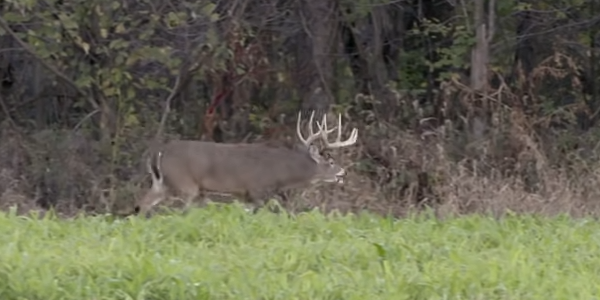
3. Be Ready At Dusk And Dawn
For those that know anything about deer hunting, the first thing you learn is the fact that you deer hunt during early mornings and late evenings. And for you new deer hunters out there, this fact is basically step one.
Of course, there are those stories out there of individuals harvesting big bucks during the middle of the day, especially during the rut. For example, the largest deer I ever shot was taken right before noon on a cold November day.
However, we’re going with the best possible chances, not just looking at anecdotal data.
Here’s a straightforward quote from the OnX about the subject…
Whitetail deer are crepuscular, meaning they are most active in the twilight hours, but that does not mean they are only active at dawn or dusk. Crepuscular animals are also known to be active on moonlit nights, overcast days, or when competition or hunting pressure demands it.
OnX
Now, one thing needs to be added to this step that we touched on above. When hunting early mornings and late evenings, make sure you to get to your stand well before light and stay well after dark… if you can. There’s no worse feeling than spooking a doe or buck only because your timing was off.
Furthermore, try to avoid this by placing a trail camera (possibly a Reveal Trail Camera) to better understand when deer might be in the area.
2. Choose The Best Placement
As we discussed earlier, each hunter (most of the time) is given a limited hunting range. However, each individual can take advantage of what’s around them by choosing the best possible blind or stand placement.
Deer, like most creatures, have a limited number of things on their mind – they’re focused on security, sleeping, eating, and…. well I’m sure you can guess the last one since we’re discussing how to shoot big bucks.
By narrowing down these different subject areas, you can better understand what your hunting area has to offer and how you can take advantage of the resources available. There’s honestly no better summary of this than what we found at Full Draw Archery…
Mature bucks, on the other hand, will choose bedding locations that offer a gain over predators—often specifically related to the land.
Full Draw Archery
Remember to take a look at the blog mentioned above for a well-researched summary of mature whitetails’s habits. Knowing this information will only help when it comes to harvesting a mature whitetail bucks.
1. Hunt The Rut
Last but not least, we have to mention the most important thing to remember when learning how to shoot big bucks. You can can’t control everything, but the #1 thing you can do to increase your chances of shooting a big bucks is this – HUNT THE RUT!!!
Here’s on of our favorite quotes on the matter by the Deer Association…
But if you want to hedge your bet, be in a stand during those magic hours. And the time of year they are most active is…? You guessed it, the breeding season.
Deer Association
It’s very simple – mature, big bucks don’t get to the age of peak genetics by being stupid. They get there by being smart, and utilizing those instincts to survive year after year.
The best way to combat this is when their focus is on something else other than surviving. It’s a fact that a mature buck’s home range expands during the rut, and as a result we know that they’re moving more frequently and with less caution.
In Conclusion
I hope the simple guide above helps you in finding the best answer on how to shoot big bucks. Furthermore, I hope the referenced resources and quotes listed throughout the guide point you in the right direction for additional information. Again, a hunter can’t guarantee success by utilizing each of these suggestions, but they will most definitely help.

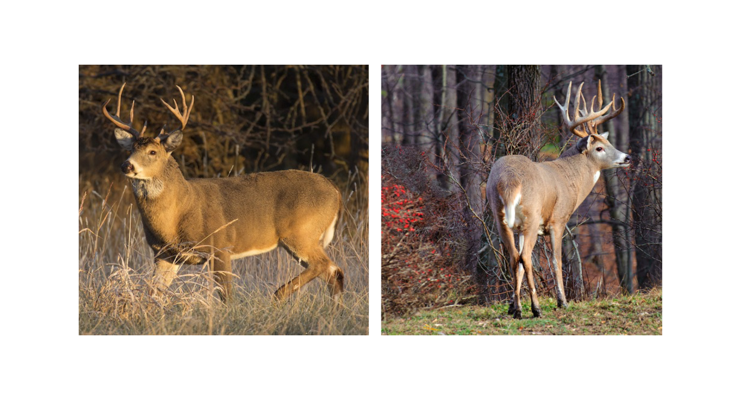
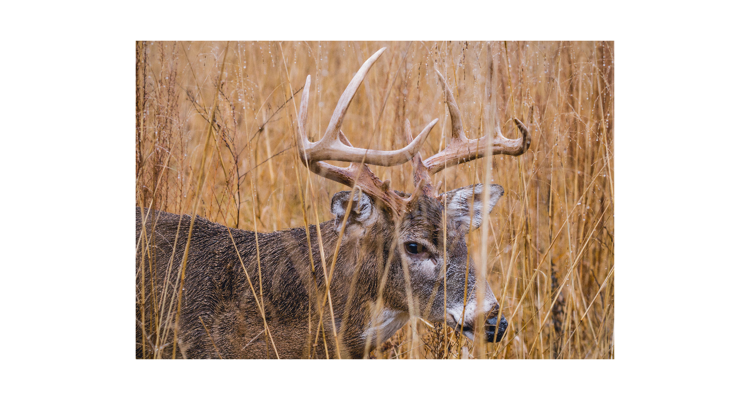
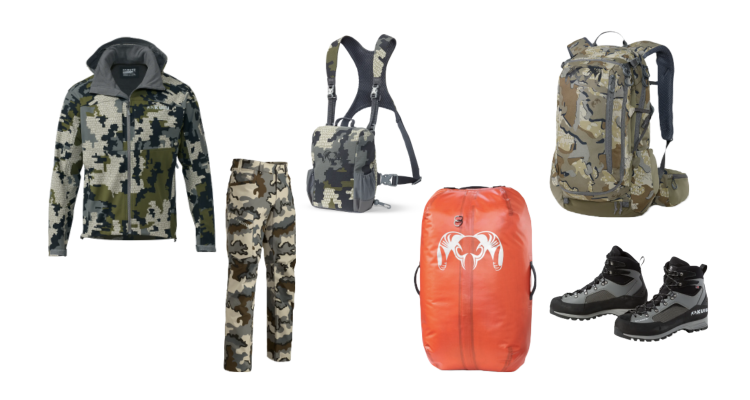


![Bow Case FAQs [Soft & Hard]](https://shootbigbucks.com/wp-content/uploads/2022/09/Bow-Case-FAQs-Soft-Hard.png)
